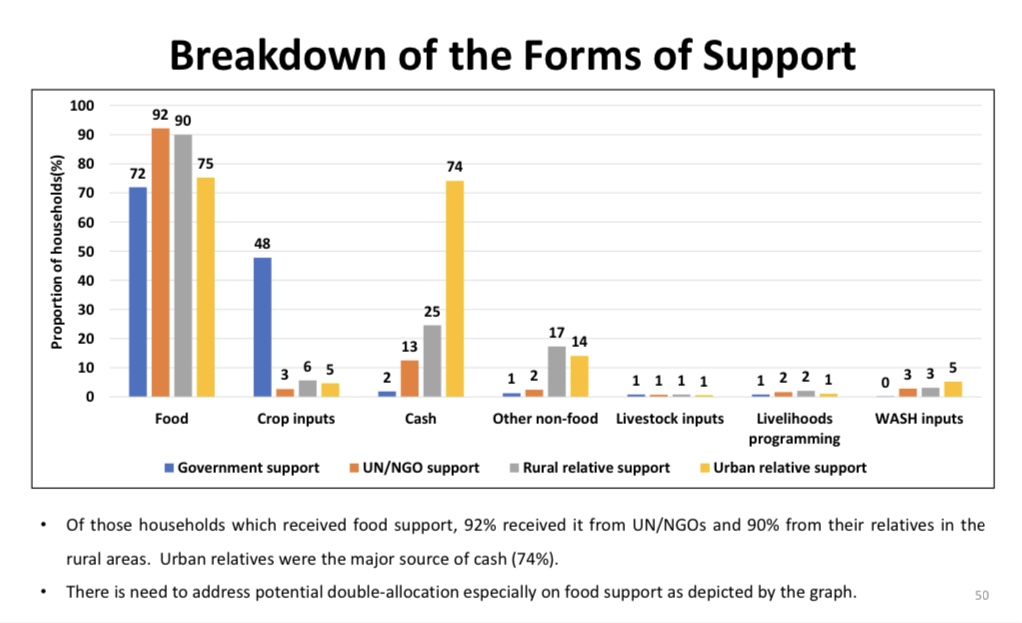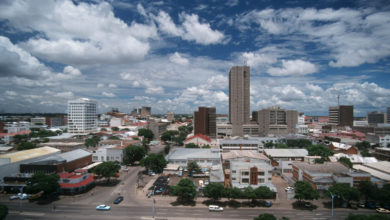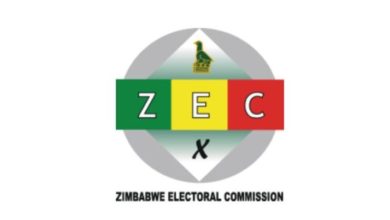More food aid channeled to rural communities this year: ZimVAC

Rural households in Zimbabwe received more food aid this year from Non-Governmental Organisation (NGO), whose support increased nationally from 13 percent in 2019 to 33 percent in 2020, said the latest Zimbabwe Vulnerability Assessment Committee (ZimVAC) report.
Due to drought, aggravated by the Covid-19 pandemic, most rural families are suffering from acute food shortages and are in need of aid.
A total of 11 971 rural households were sampled for ZimVAC’s 2020 Rural Livelihood Assessment Report, meant to provide an annual update on livelihoods in the country’s rural areas, for the purposes of informing policy formulation and programming appropriate interventions.

The breakdown of support from NGOs to the provinces is as follows:
Matabeleland North, one of the most vulnerable provinces in Zimbabwe, received the most aid with to 41 percent in 2020 compared to 25 percent in 2019
Manicaland and Midlands province came in second with 33 percent support each from NGOs this year.
In 2019 Manicaland had 13 percent support from NGOs while Midlands had received only seven percent last year.
Mashonaland Central received 35 percent NGO support in 2020 compared to 15 percent in 2019
Mashonaland East support increased to 27 percent this year from seven percent in 2019.
In 2019, Mashonaland West received six percent but increased to 27 percent this year.
NGO Support in Matabeleland South rose to 30 percent this year from 26 percent in 2019.
In 2019, Masvingo had 14 percent support which increased to 31 percent this year.
According to ZimVAC, government support remained steady in those provinces, with only a slight decrease from 56 percent in 2019 to 55 percent in 2020.
Other means of support also came from urban relatives who supported 16 percent of the surveyed households while fellow rural relatives supported 13 percent.
Relatives in the Diaspora relatives offered help to 11 percent of the surveyed households.

ZimVAC confirmed food was the most offered assistance, as NGOs distributed to 92 percent of the households.
90 percent of the households received food parcels from their rural relatives while the government managed to hand out food to 72 percent of the families.
Urban relatives managed to support 75 percent of the rural households with food.
ZimVAC noted there is a need to address potential double-allocation especially on food support as depicted by the graph.
When it came to distributing crop inputs, the government was the major supplier, supporting 48 percent of the surveyed households.
NGOs only supported three percent of the households while rural and urban relatives supported six and five percent households respectively.
When it came to cash disbursements, urban relatives took the cup as they supported 74 percent of the surveyed households followed by other rural relatives who assisted 25 percent of the families.
NGOs supported 13 percent of the households with cash while the government only gave cash to two percent of the households.
Rural relatives dominated in offering other non food items, as they supported 17 percent of the surveyed rural households, followed by urban relatives who assisted 14 percent.
NGOs and the government only supported two and one percent respectively with non food items.
For livestock inputs all parties – NGOs, the government, rural and urban relatives were tied at one percent support each to all the surveyed rural households.
Under livelihoods programming, the NGOs and rural relatives managed to support two percent of the rural households each while the government and urban relatives assisted one percent of the households each too.
When it came to the provision of water and sanitation facilitation (WASH) inputs, urban relatives provided more support to five percent of the rural households.
Both the NGOs and other rural relatives were tied at three percent each while the government donated zero percent to the surveyed rural households.
This latest ZimVAC Rural Livelihoods Assessment report is the 20th since its inception.
Primary data collection took place from July 11 to 25, 2020 while data analysis and report writing ran from July 27 to August 21, 2020.
ZimVAC said various secondary data sources and field observations were used to contextualise the analysis and reporting.






